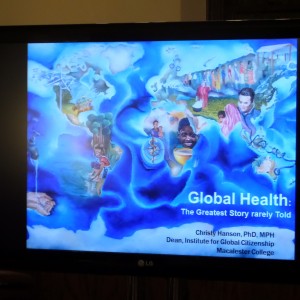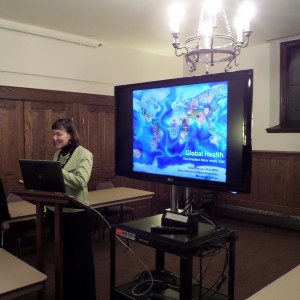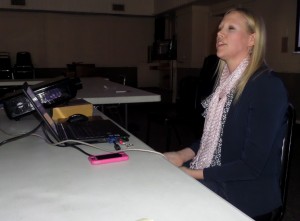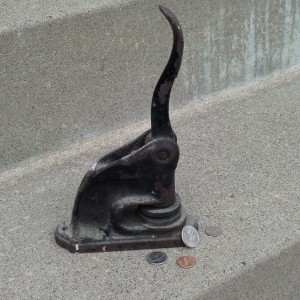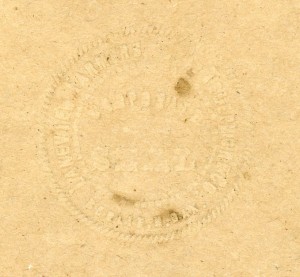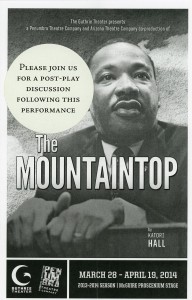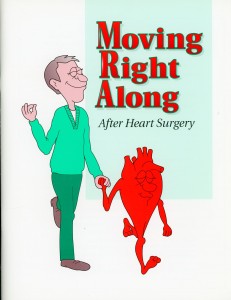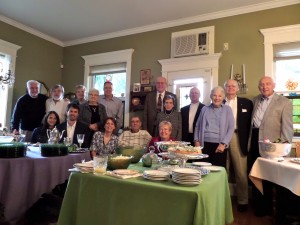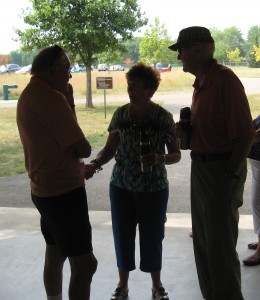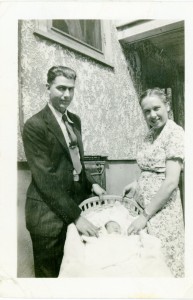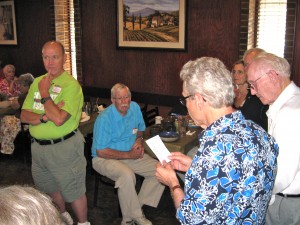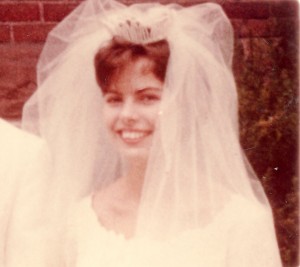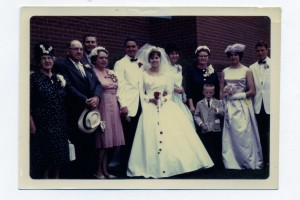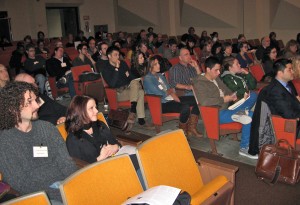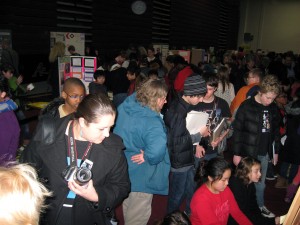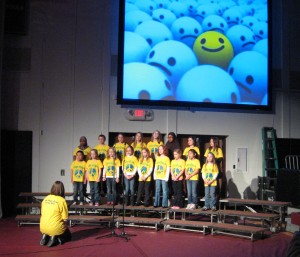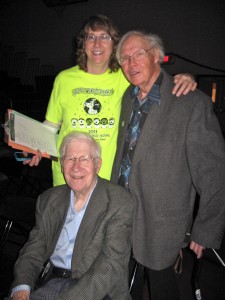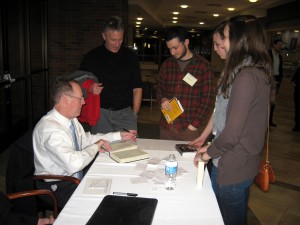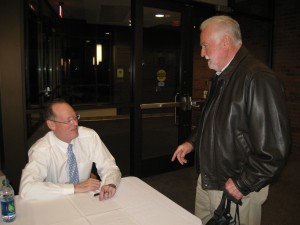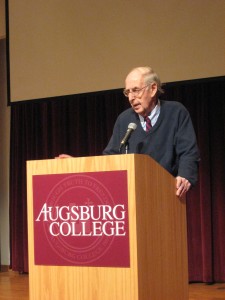Note: Peter Barus is a long-time and great friend (and writer) who writes occasionally from rural New Hampshire. His personal website is here. Once before Peter has posted at this blog. You can find the post here.
Peter Barus:
Exercise won’t defeat the endocrine system…
This is a book review, and a heads-up about our relationship to the famous Obesity Epidemic. It’s not just obese people who are in danger.
I’m not into food fads. I’m not on any diets and never have been, save a brief flirtation with veggies that was really a flirtation with a girl who was into that, about forty years ago. I am, however, a three-decade practitioner of a Japanese martial art, with myself and about two hundred other people as experimental subjects, and rigorous physical training as laboratory. I read a lot of books, mostly on how our brains work, a work in progress. All this is to point out that what I want to say here is not without some long, hard thinking and solid experience, for what that may be worth.
Ever since my adventure four years ago being temporarily paralyzed with Guillain Barre Syndrome, the workings of the body have been even more of a fascination. From striving for perfection in a martial art, I now had to strive to move at all normally. Slowly the full function of arms and legs returns, and sometimes not completely.
The other day, walking beside my neighbor Leon’s hay-baler (to catch the ones that miss the wagon when the catapult flings them), the legs seemed to need very conscious attention, what with the terrain, the machinery, the windrows, the numerous real dangers to life and limb. My body felt sluggish and heavy, my legs seemed to lag just a bit behind the brain’s demands for agile locomotion. I was uncharacteristically short of breath.
Then something shifted, and the smell of hay, the sky, the sighing trees, and the whisper of the seventy-year old two-cylinder tractor going by – the glorious afternoon! – were all I knew. A lot of one’s experience of living is patterns of habit; the legs did fine when I forgot them; the brain handled all the chaotic processes going on around me as we got the hay in before the rain came.
But that was a little wake-up call: at sixty-five, things are changing. Cataracts are starting to form. Joints are starting to ache. I’m getting old. -er.
In the bi-weekly martial arts class I teach in town, my middle seems to be intruding more. Touching the toes is more difficult and less successful. In general, energy seems to fade in the middle of the morning. And this year my training schedule and student population has doubled. More exercise, less strength and endurance? The doc says I’m healthy as a twenty-year-old. Except for a slight cholesterol elevation, for which she suggests I go on statins. Statins?
I don’t eat more than one organized, sit-down meal a day; the rest is grazing, breakfast cereal, three cups of coffee, maybe a sandwich around two, and the meal is supper, often pasta, sometimes soup and sandwich. Meat dishes maybe twice a month, usually turkey or very lean local beef or venison. We’re talking fresh here. The next one is probably walking around in the back field.
My Instructors, sober and reliable gentlemen all in whose capable hands I have placed my life more than once, recommended a book: “Why We Get Fat And What To Do About It,” by Gary Taubes. One of them has lost sixty pounds in two years and has kept it off. One has lost forty in a year. Both say they eat bacon and eggs for breakfast and steak for dinner, as much as they please.
I wasn’t worried, but those blood tests do say if I didn’t get the numbers down there could be real trouble. I don’t look overweight, and maybe I’m not. Still, clearly it’s time to pay attention.
My doc suggested reducing the fat in my diet…
I bought the book.
According to Taubes, who is a science writer, and not peddling a diet fad, nutrition science lost its way after WWII, partly from attrition in Europe, and partly because a few popular American doctors were good at promoting themselves and the simplistic view that weight and obesity are a simple matter of “balancing calories in versus calories out,” a misguided application of the First Law of Thermodynamics. Taubes points out, with numerous citations of medical history and rigorous clinical studies (as distinct from many un-scientific ones), that there is no cause-and-effect there; to say fat is a result of overeating is like saying a room is crowded because it’s full of people. Of course fat people take in more energy than goes out! But what causes this? Instead of examining this obvious question, the medical establishment turned to advising people to stop eating so much (reduce intake), and get more exercise (burn off calories). Nobody has ever been able to show that either of these remedies works. (Quite the contrary, and I am living, though anecdotal, proof. Good enough for me!)
Taubes points out that for two and a half million years humans ate almost nothing but animal fat, and the species thrived; and further, that refined carbohydrates – sugar, flour, grains, starchy tubers – show up in the human diet only in the last .5 percent of human existence, when we started getting all these chronic diseases. And this isn’t his opinion, he’s reporting on hard science. He names names. You can look it up.
Fat is a system, like blood, bone, skin, the heart and lungs. Its function is to act as a kind of expansion-tank or battery, storing extra fuel when we eat, and releasing it when we’re not eating. This is how the body keeps blood sugar – the stuff the brain runs on – precisely regulated, as it must be. Insulin is the regulator. And this is not boom-and-bust: it is a continuous, minutely-balanced flow, more like breathing or pulse than the movement of the stock markets.
Or like this: as was once explained to me by a man named Piccard, whose brother made the first balloon ascent to the edge of space: when a helium balloon goes up, the gas expands; so it goes up faster. If you vent too much gas to level off, you lose altitude, and more you lose, the faster you fall. You have to throw a handful of sand out, or vent some more gas, to maintain level flight. The important thing is to be very close to the ground when you run out of one or the other, or you augur in. Balloonists operate with tea-spoons of sand and tiny puffs of gas to avoid gaining any deadlly momentum upwards or downwards. Normally this is how our bodies use fat.
When the insulin we produce can’t control the extreme changes in sugar levels of today’s typical carbohydrate-heavy diet, the pancreas must take up the slack by secreting more and more insulin.
And no amount of exercise or fat-free dieting can affect this vicious cycle. Contrary to almost universal belief, exercise will not take off weight. I know, I am an expert at exercise. It is not related, anymore than drinking coffee is effective at sobering up a drunk person: they just become a wide-awake drunk person. A fat person who exercises may become a very strong fat person. Their physical wellbeing will still be in serious jeopardy.
I have known several people who attained very high rank as martial artists, and one had quadruple heart bypass surgery; three of my colleagues have departed this life while at the peak of training, two from massive myocardial infarctions and one from liver disease. All of these men were far above average in strength and vitality. The idea that physical exercise can overcome chemistry and control your weight and make you healthy is a myth.
And among my chunky friends still on this side of the dirt, I know they are told by their doctors that they should eat less fat. As Gary Taubes shows clearly, again citing the hard science, that is of no use at all. They should be told to eat no carbs. None.
And myself, I notice I eat a lot of carbs. Almost no fat.
My style with motor vehicles is to fix them when they break down on the road. A body, though, you can’t just leave it in the shop to get repaired, you have to stay with it. I did that when I was fitted to the bed at New England Deaconess with a sign that said, “High Falling Risk” and a roommate who had somehow managed to run over himself with his own bread truck. His case seems a good metaphor now, knocked himself down with a load of carbohydrates. I have a more proactive attitude now. I know when it’s time to change the oil and rotate the tires. I still don’t think I could manage to put the car on top of myself while awake. But we never know.
After reading Taubes, and looking back over the last few years, here’s my situation: I eat a lot of farm-fresh eggs (three or four a day sometimes), which is good, not much meat, which isn’t, don’t put white sugar on anything, which is good, and a great deal of pasta, bread, cereal, and snacks like those little packets of salty peanut butter crackers, which is bad, and a good deal of cheese, which might be ok. If I don’t change this, I’m a damned fool. The responsibility for this thing I call “me” is all up in my face now. Somewhat early, I hope. Still some tread on the tires, and nothing clanking in the motor. A little sway on the turns, though. Need shocks.
Taubes is not peddling anything, he’s trying to report medical facts that are obscured the “Eat less and jog, or you have only yourself to blame” idea. Despite the billions of dollars behind the dieting industry, this is roundly discredited by science, and Taubes is gifted at explaining that. It speaks to his credibility that he is not marketing himself as a diet promoter. His lectures are delivered to academic symposia and medical institutions.
Here is an odd angle on all this that Taubes does not cover in the book: corporate employees are now being forced, on pain of termination, to participate in all sorts of awful “self-help” programs based on the idea that fat employees are ruining it for everybody else, driving up the cost of healthcare and draining productivity, by making “irresponsible lifestyle choices.” Now we’re blaming the obese for our problems as well as their own! A man I know personally was trained to conduct coaching sessions to whip these poor slobs into shape, coercing them to starve themselves and do painful workouts. Cruel, humiliating, unjustifiable abuse has never worked, and doesn’t work now.
The commercial diet that has done best in the most recent studies is Atkins, performing significantly above the rest in Stamford’s large-sample “ATOZ” trials. Taubes suggests Atkins could be improved by leaving all carbs out, but allows that everybody is different and will respond slightly differently to diet changes. Docs are coming around to being supportive for people who should be under medical supervision to make such changes; of course they may have to shop around.
Just in case you don’t think the conventional wisdom, and most of the medical establishment, still persists in blaming fat people for their supposed sins of sloth and gluttony, yesterday I was looking up one of my favorite brilliantly hip cartoonists (search “SMBC”), and the joke of the day was a drawing of a miserably obese woman, and the caption read: “This woman lost a hundred pounds of ugly flab by following this simple rule.” The next panel showed the rule: “Eat Less.” This is supposed to be funny if we believe that fat is caused by gluttony. Taubes has put that myth out of its misery, and it isn’t funny now, yet even an artist with a bleeding-edge wit on the foibles of academics has not caught up with the facts about fat.
You can’t lose weight by under-eating. You only end up consuming muscle, organ and even brain tissue while your insulin levels keep sequestering desperately needed nutrients in the fat cells. You can do real harm to yourself, if you can even stand to starve that long.
In obesity, cancer, cardiovascular disease, diabetes and the rest of the myriad train-wrecks that await us once we are on this ride, insulin is the one factor we can consciously control by what we eat. The rule should be, “Eat foods that lower insulin levels, don’t eat foods that increase them.” The data is out there.
Go find out. Start young; but at least start now: many bad things are reversible at any age.
The book can be found at Gary Taubes website, here.
Love
Peter
COMMENTS
Dick Bernard Aug. 14: Peter is always an astute observer of the human condition, flowing from many sources. When he talks, I listen more carefully…!
I write this comment after my daily exercise, which is daily (a necessary “addiction” – a habit I need to reinforce every day), and which has diminished in the last several months due to mild arthritis in one hip which reminds me of my age if I overdo things. But, I do structured exercise. I haven’t modified my other behavior (eating) to compensate, so I carry more weight than I’d like.
It follows by several days a close encounter with a young Vegan, very fit, who recommended two movies (which I have not yet watched, but will): “Fat, Sick, and Nearly Dead” and “Forks Over Knives”. (Serious vegans know what essentials their diet lacks, and can compensate for it with supplements – another topic for another time.)
Which led me to recall Henry David Thoreau, in Walden, or Life in the Woods: “One farmer says to me, “You cannot live on vegetable food solely, for it furnishes nothing to make bones with;” and so he religiously devotes a part of his day to supplying his system with the raw material of bones; walking all the while he talks behind his oxen, which, with vegetable-made bones, jerk him and his lumbering plow along in spite of every obstacle. Some things are really necessaries of life in some circles, the most helpless and diseased, which in others are luxuries merely, and in others still are entirely unknown.” (1854)
And then, childhood days at my grandparents farm, where the “diet” such as it was lard and fat ridden, and nothing was wasted, and folks had never heard of cholesterol and if they could avoid farm accidents or diseases generally lived to a pretty ripe old age, older than my present 73, and seemed pretty fit, a consequence of hard work.
So, Peter’s words are tempered some by other experiences. But I think the theory espoused makes sense.
And on we go.
Peter’s “rejoinder” to my comment, August 14:
Dick,
Well, it’s the right version anyway. If I were to make a rejoinder to your thoughtful remarks, it would be this:
Exercise is not a bad thing! It might help a little in the fat department, but mostly it organizes one in other ways.
And: Herbivores have quite different metabolism than humans. We would never be able to graze in the fields, except for my Aunt Anne, who knows what each plant is for. Human evolution happened while about 99.95 carnivorous, and the last ten thousand years is not enough time to evolve to digest the kind of scrubbed carbohydrates we eat now. My appendix, I was told as they snipped it out of me, would have been for digesting cellulose, but I kind of doubt it; and it’s no good now.
“Roughage” is good because it is hard to digest, which prevents the kind of sugar spike that arouses the pancreas to overwork. But reading the label on my “whole grain” bread this morning (over ham & eggs fried in butter, yum!) I see the carbs are about sixteen times the protein. Hopefully the “whole” -ness of the grains is not added after scrubbing off the hulls.
Lastly: moderation in all things, in moderation! We live on a planet in such numbers now, and with such an addiction to fossil fuels, that it is now very doubtful that we will survive as a species more than another century, if that. As I see it, violent revolution would be in order right now, but isn’t going to happen, because humans do not respond fast enough to actualities. Alternatively, the “99%” plan seems to be “attrition of the unfittest,” letting three quarters of humanity just die off in a generation or so. This seems the most likely outcome to this observer. It is going to hurt a lot, and probably won’t save humanity. But if it does, then we will have survived by the cruelest method possible, and I don’t know that life after that would be any fun at all for thousands of years to come. Then, with no cultural memory more refined than some flood myth, it would follow that we overpopulate and deplete all over again.
Maybe my bones will be fossil fuel by then.
Love and thanks,
Peter
